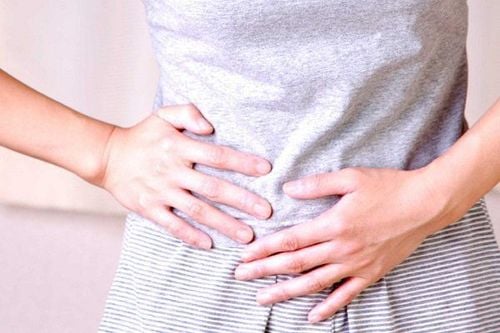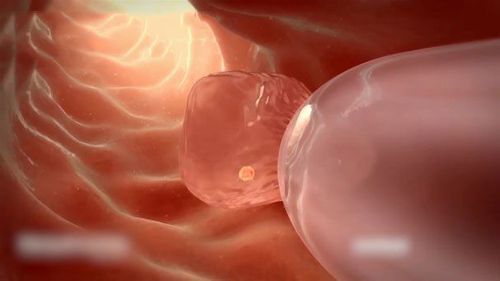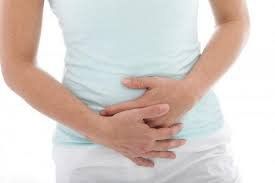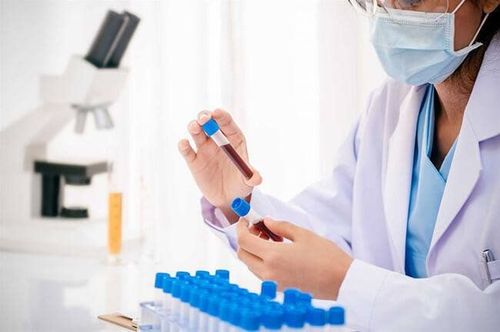This is an automatically translated article.
The article is professionally consulted by Master, Resident Doctor Nguyen Thi Tam - Clinician - Reproductive Support Center - Vinmec Times City International Hospital.1. Embryo nesting process
When the egg and sperm fuse, an embryo is formed (usually in the fallopian tubes in your body). The embryo then divides rapidly and reaches the uterus during the blastocyst stage and interacts with the endometrium for implantation. Implantation is the dialogue of the embryo and the endometrium. A good embryo and endometrial at the reception or “implantation window” stage will increase the success rate.
2. Causes of embryo transfer on day 5 failure
There are 3 main reasons leading to failure after embryo transfer including:Quality of embryos. Quality of the uterine lining. The environment is not favorable enough (mother's health, physical condition is not good or mental stress is too high)
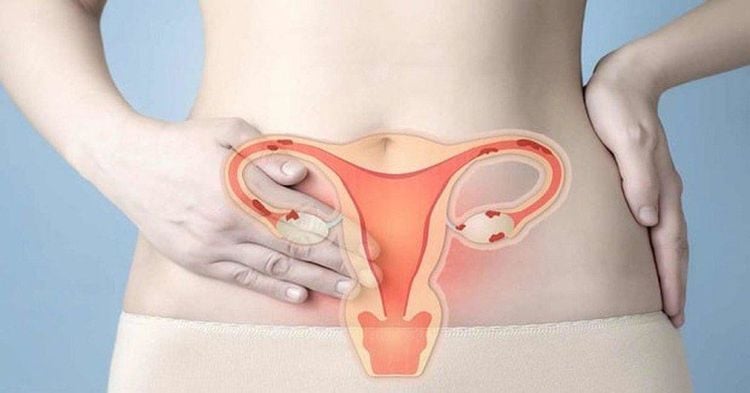
2.1 How does embryo quality affect IVF success?
Pregnancy and childbirth, whether by natural insemination or in vitro fertilization, depend greatly on the age of the mother. Because the number and quality of eggs meet the standards (maybe together with sperm to form a healthy embryo). Basically, women's physiology will decrease over time, especially when women turn 35 years old. The older the mother, the higher the rate of abnormal oocytes and the lower the quality of the embryos. If the egg quality is good, the more embryos are formed, leading to the mother's chance to transfer embryos more times in 1 cycle of egg stimulation.Quality of embryos is evaluated based on the following factors: Homogeneity of blastocyst size, cytoplasmic fragmentation, blastocyst nucleus for day 3 embryos and based on the size of blastocyst cavity, ICM cell mass (developing into a fetus) and TE cell class for day 5 embryos.
Type 1 embryos are the best quality embryos, which when put into the body will have the highest rate of developing into a fetus. Grade 2 embryos are of medium quality, while grade 3 embryos are of poor quality.
2.2. The role of the endometrium in IVF
What is the quality of the uterine lining for embryo transfer? The thickness of the endometrium on the day of initiation of progesterone is best from 8-12mm, with the ultrasound image having a tricuspid shape and good perfusion. With a modern ultrasound system and experienced sonographers at Vinmec International General Hospital, dopple ultrasound before embryo transfer has helped clinicians determine the correct date for progesterone, contributing to increase the success rate for each embryo transfer.Implantation is the interaction of the embryo and the uterine lining. During a cycle, the lining of the uterus only accepts embryos for a certain period of time called the "implantation window". In order for the embryo to attach and develop in the uterine cavity, the embryo must be transferred to the uterus at the "implantation window".
In the fresh embryo transfer cycle, embryos are transferred to the uterus on day 3 or day 5 after egg retrieval (ovulation day), which coincides with the implantation window of the natural menstrual cycle. During frozen embryo transfer, embryos are transferred into the uterine cavity after 3 or 5 days of progesterone administration depending on embryo age.

The ERA test to assess the implantation window of the uterine lining and the in situ immunological assessment of the uterine lining Matrice lab performed at Vinmec fertility center contribute to increasing the success rate After embryo transfer, it gives hope to couples who have failed multiple attempts at implantation.
2.3 Mother's health during embryo transfer days
Embryo transfer should be stopped when you have fever, medical conditions or inappropriate conditions such as stress, tension, fatigue, etc.To ensure the embryo transfer process has less failure, it is best to choose a reliable medical facility and do not hesitate to discuss health issues with your doctor for successful IVF results.
Master, Resident Doctor Nguyen Thi Tam Psychology graduated as a General Practitioner at Hanoi Medical University in 2015 and graduated with a Master and Resident Doctor of Obstetrics and Gynecology at Hanoi Medical University in 2015. Hanoi. With her expertise in assisted reproduction, Dr. Ly used to work at the National Hospital of Obstetrics and Gynecology and is currently working at the Center for Reproductive Support, National General Hospital. Vinmec Times City International.
Please dial HOTLINE for more information or register for an appointment HERE. Download MyVinmec app to make appointments faster and to manage your bookings easily.





